Plant Spotlight: White v. Pitch Pine
Take a walk this month and try to identify both pitch and white pines: both are abundant in Falmouth's woodlands.
Eastern White Pine (Pinus strobus)
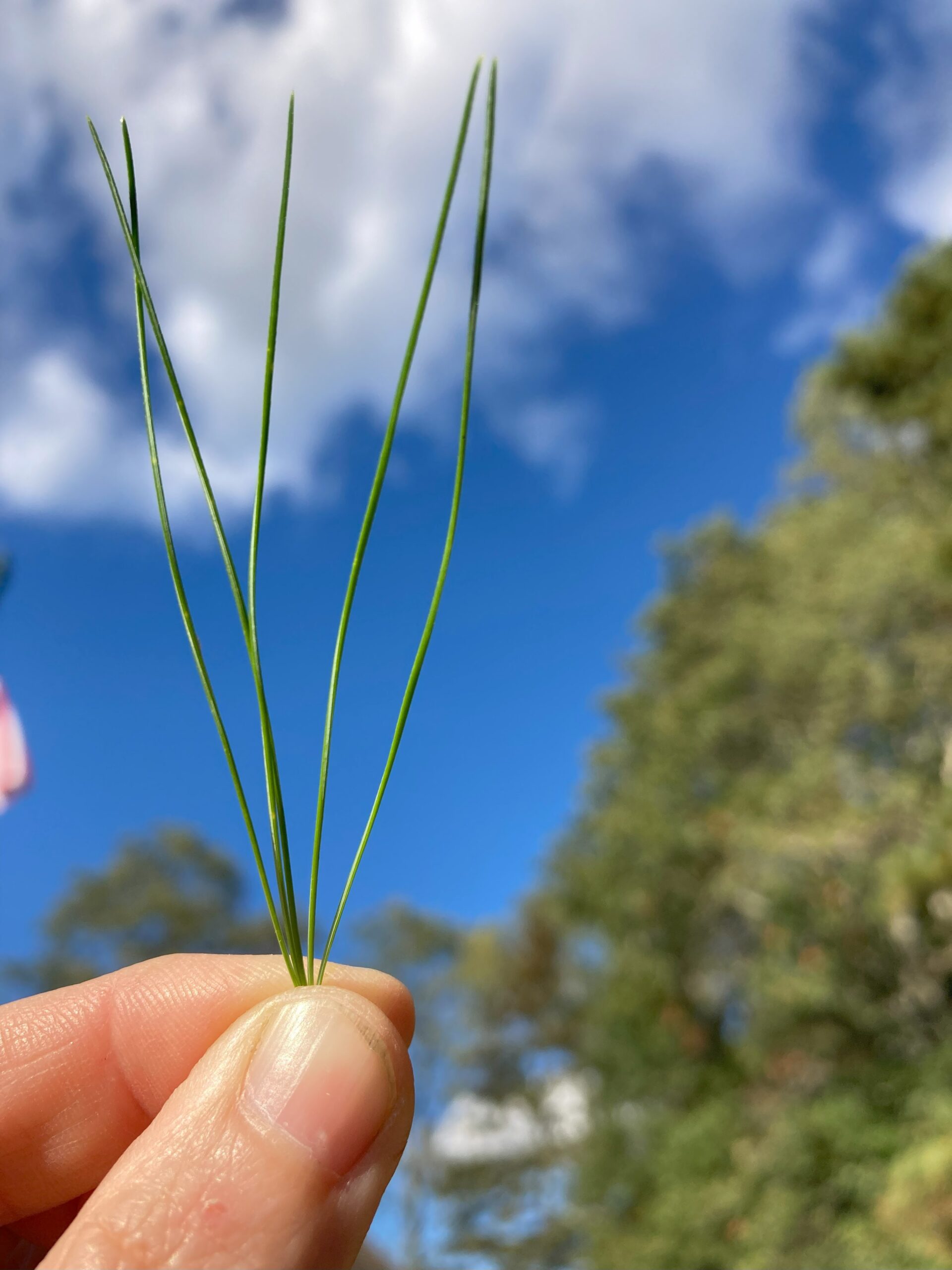
Eastern white pine needles come in bundles of five. You can remember this because W-H-I-T-E has five letters.
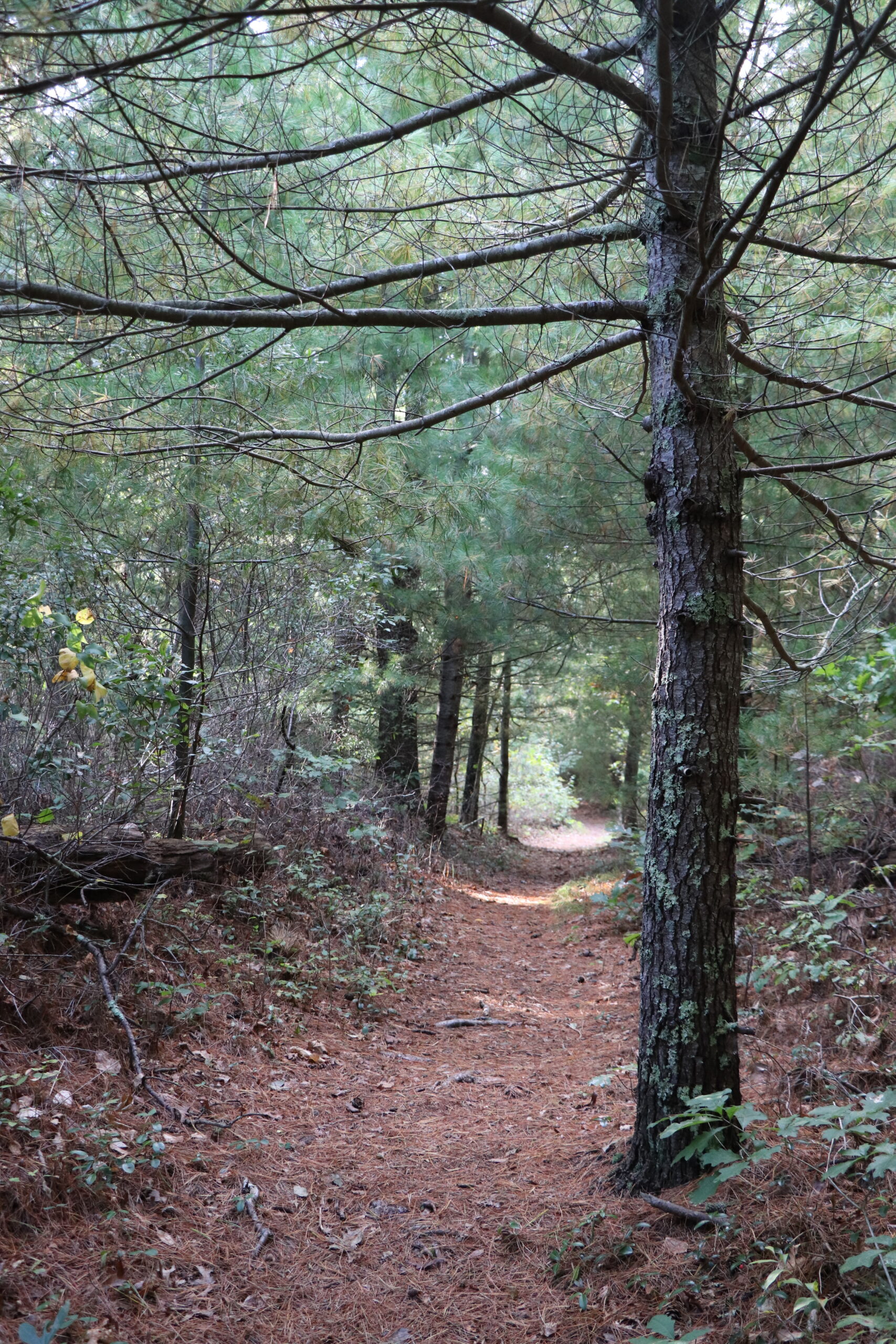
White pines have very straight trunks. Their branches grow horizontally in whorls directly opposite each other on the trunk, rather than alternating branches. Pitch pine branches also grow in whorls, but slant upwards.
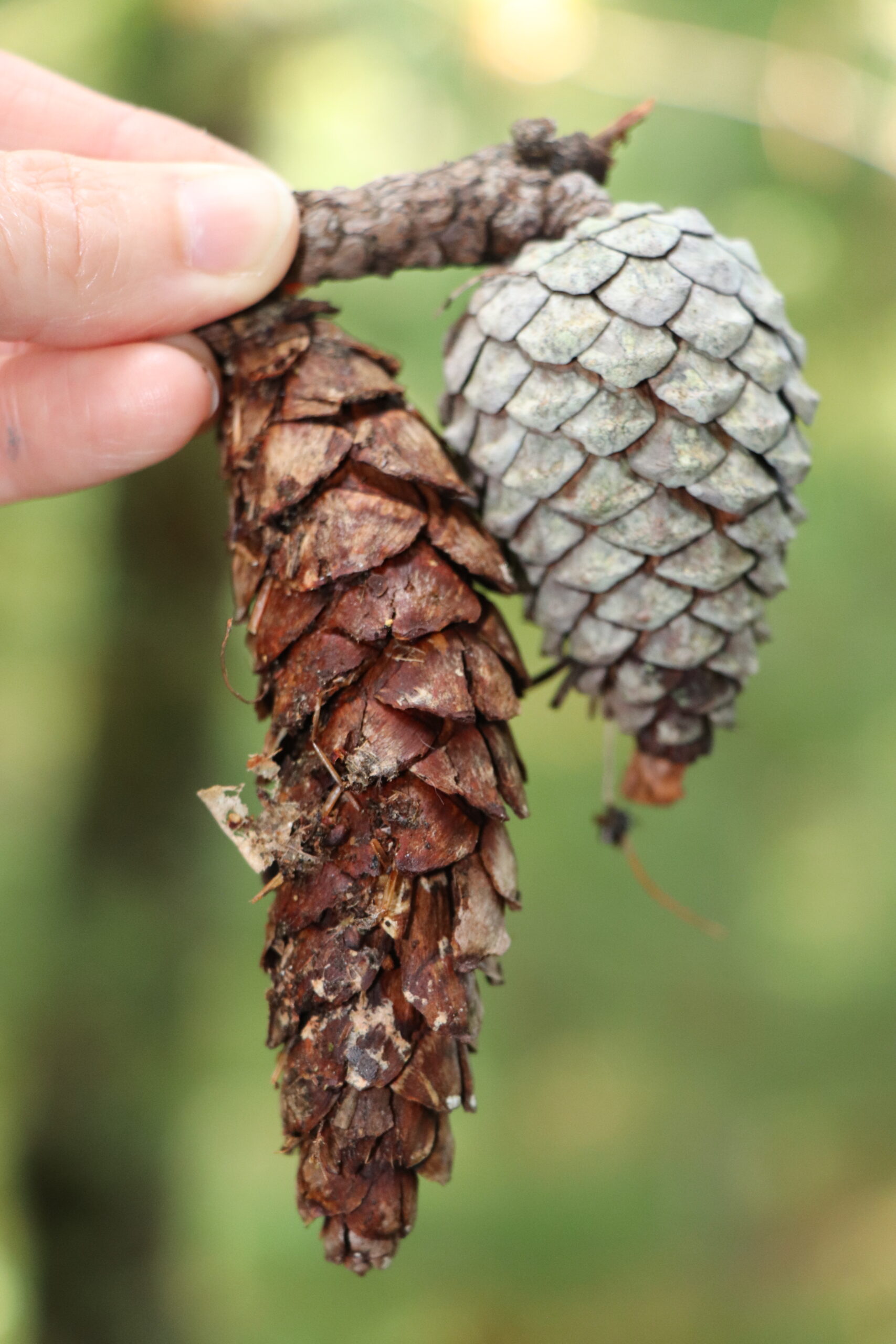
White pine cones (left) are long and slender while pitch pine cones are short and stouter.
Pitch pine (Pinus rigida)
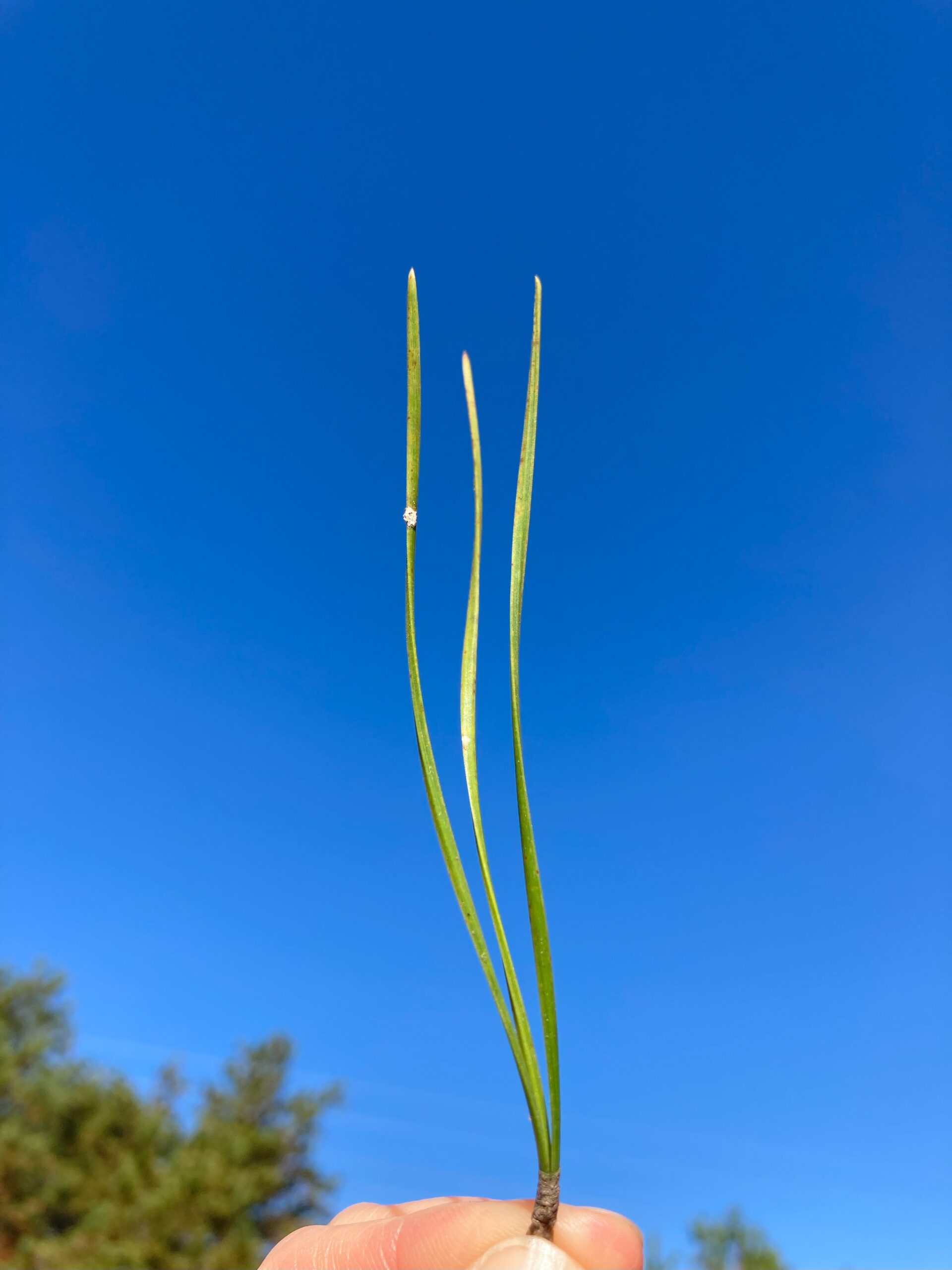
Pitch pine needles come in bundles of three. You can remember this because in baseball PITCHing, it's THREE strikes and you're out.
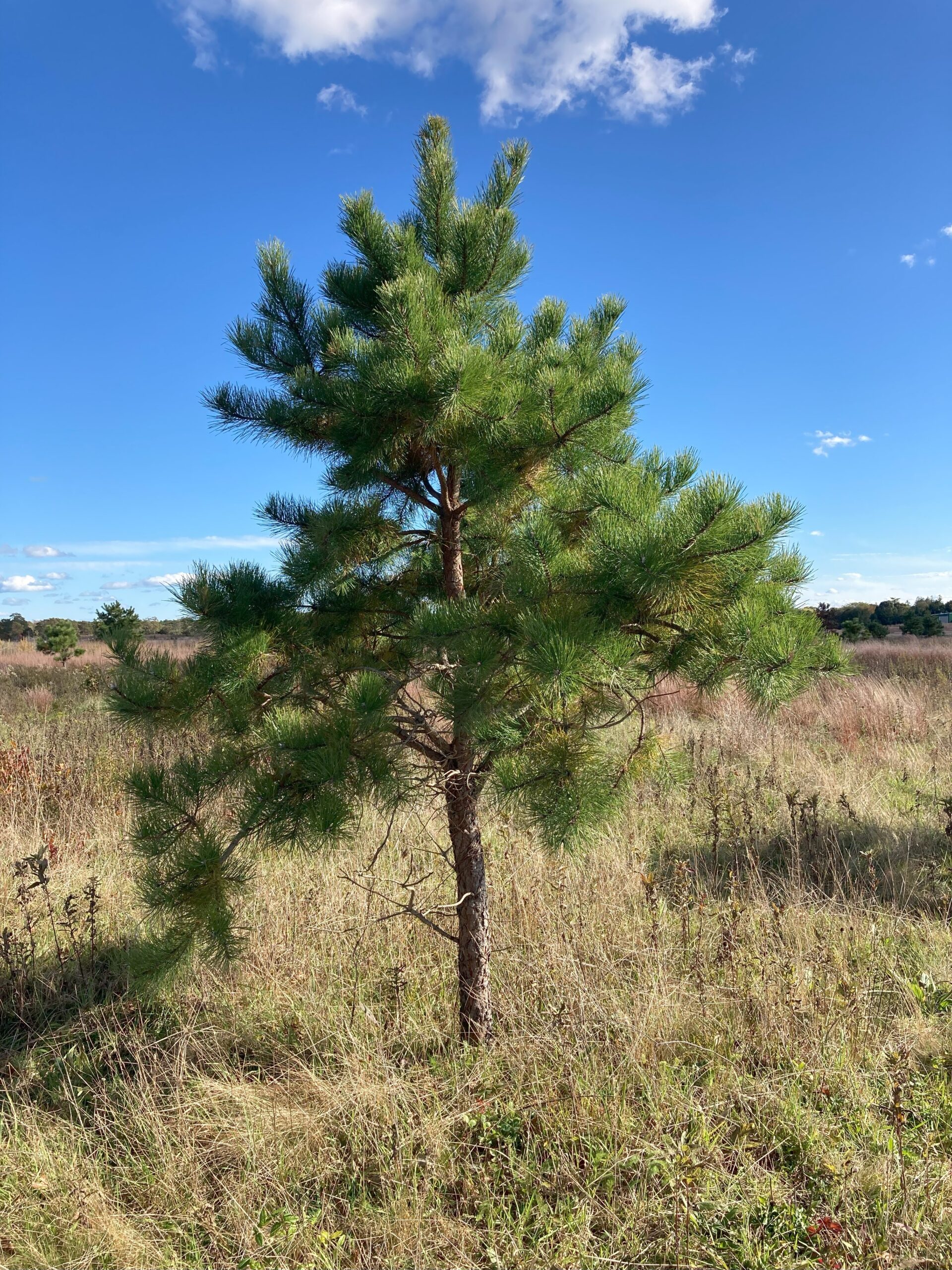
Pitch pines do not grow as tall as white pines; their trunks often have a slight squiggle to them.
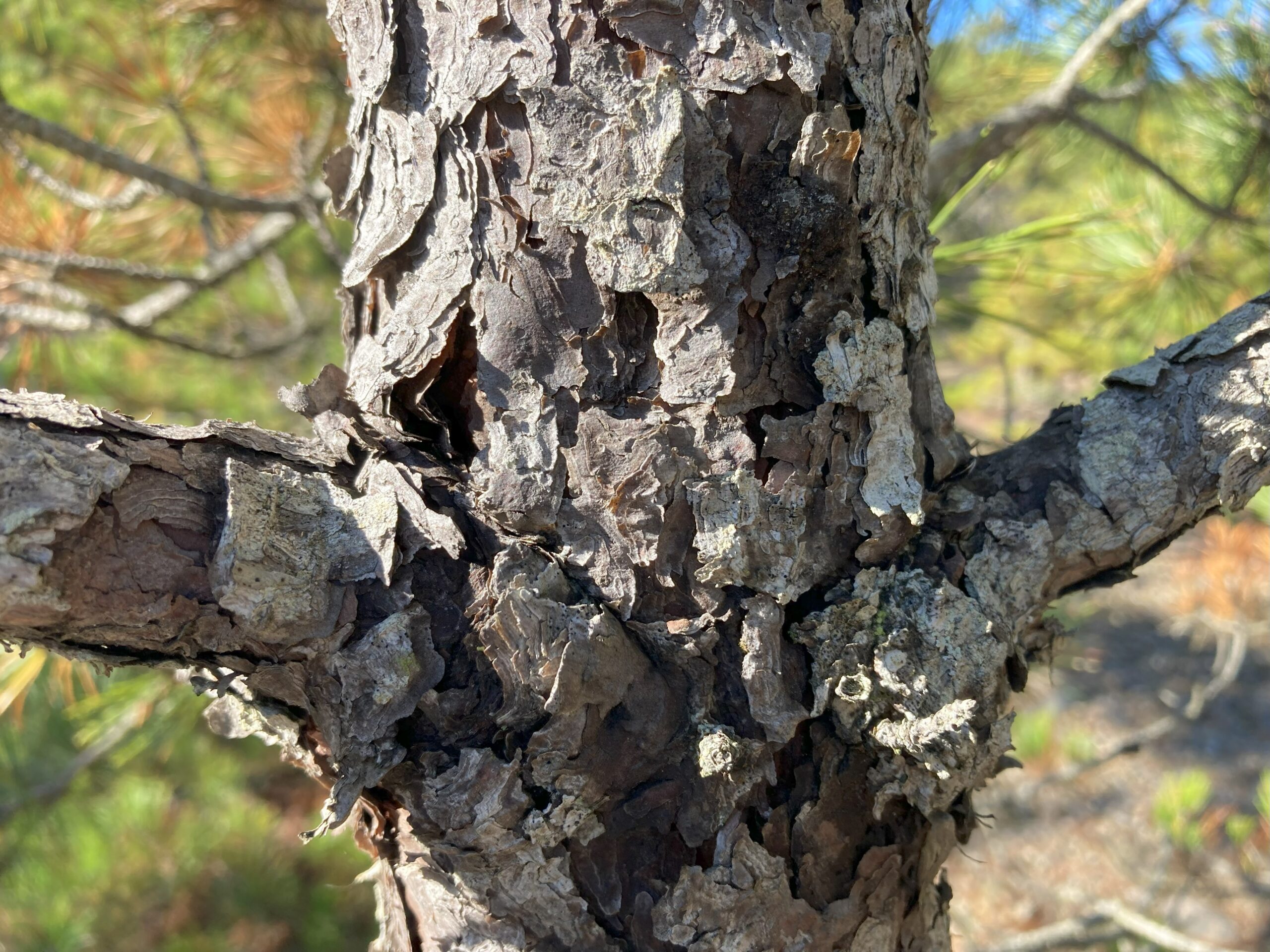
The bark of pitch pines is usually very scaly, while the white pine bark is less scaly.
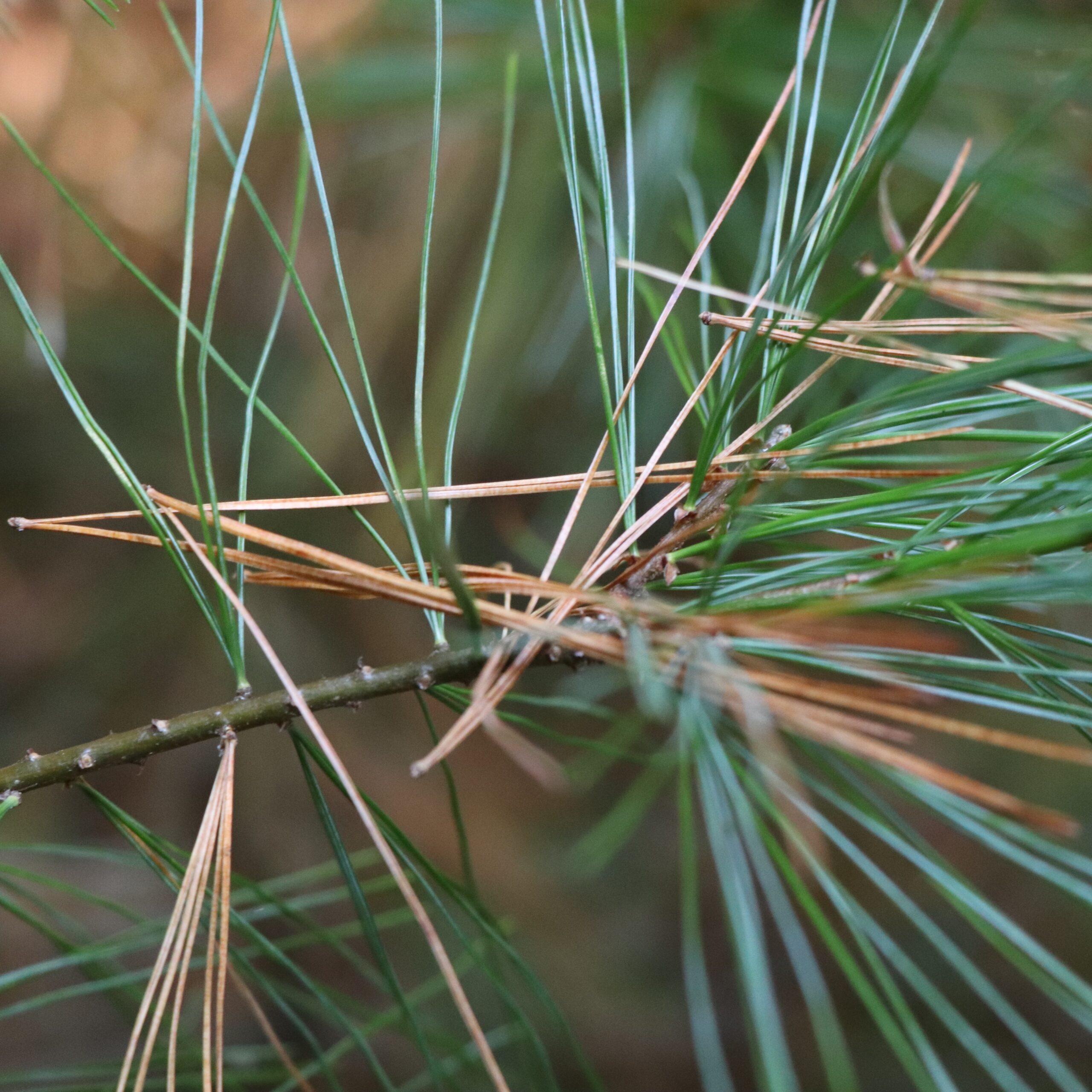
Pines shed some of their older, inner needles in fall.
